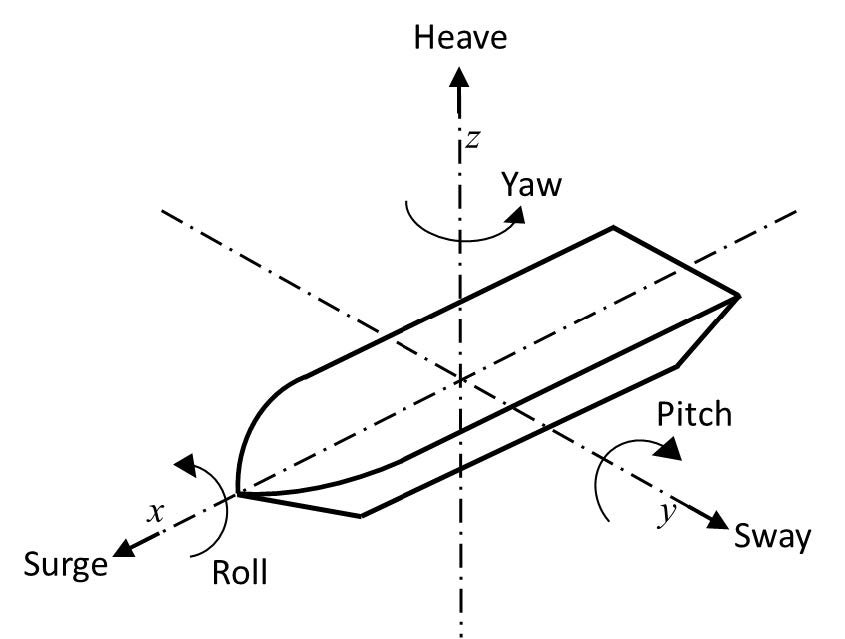Considerations for the Integration of Glass in Superyacht Structures
DOI:
https://doi.org/10.47982/cgc.8.442Downloads

Abstract
In recent years, it has become popular for superyacht designs to incorporate large uninterrupted glazed areas in the superstructure. Larger windows increase the amount of natural light that enters the yacht and add to the yacht’s aesthetic appeal and exclusivity. Cruise vessels and other types of passenger ships have seen similar trends. However, window panes are currently isolated from the structural loads within a vessel and their dimensions are restricted by the presence of a frame as a conventional load-bearing structural component. The use of load-bearing glass components presents a solution to this problem as it can also add to the strength of a ship’s structure, thereby reducing the extent of conventional structural materials such as steel or aluminium profiles. Major challenges exist for the use of glass as a load bearing component in a ships’ structure. Even though a solid scientific background has been established for the structural use of glass in structures on land, a lack in knowledge exists of how the challenges in the marine environment can be addressed. This paper gives an overview of the requirements of a ship structure, and more specifically yacht structures, and describes the challenges associated with using glass as a fully integrated structural component. Further implications for the integration of structural glass in a superyacht structure are also discussed and suggestions for a possible design approach is presented.
Published
Issue
Section
Design Philosophy & Structural Safety
License
Copyright (c) 2022 Daniël Wium, Evert Lataire, Jan Belis

This work is licensed under a Creative Commons Attribution 4.0 International License.



